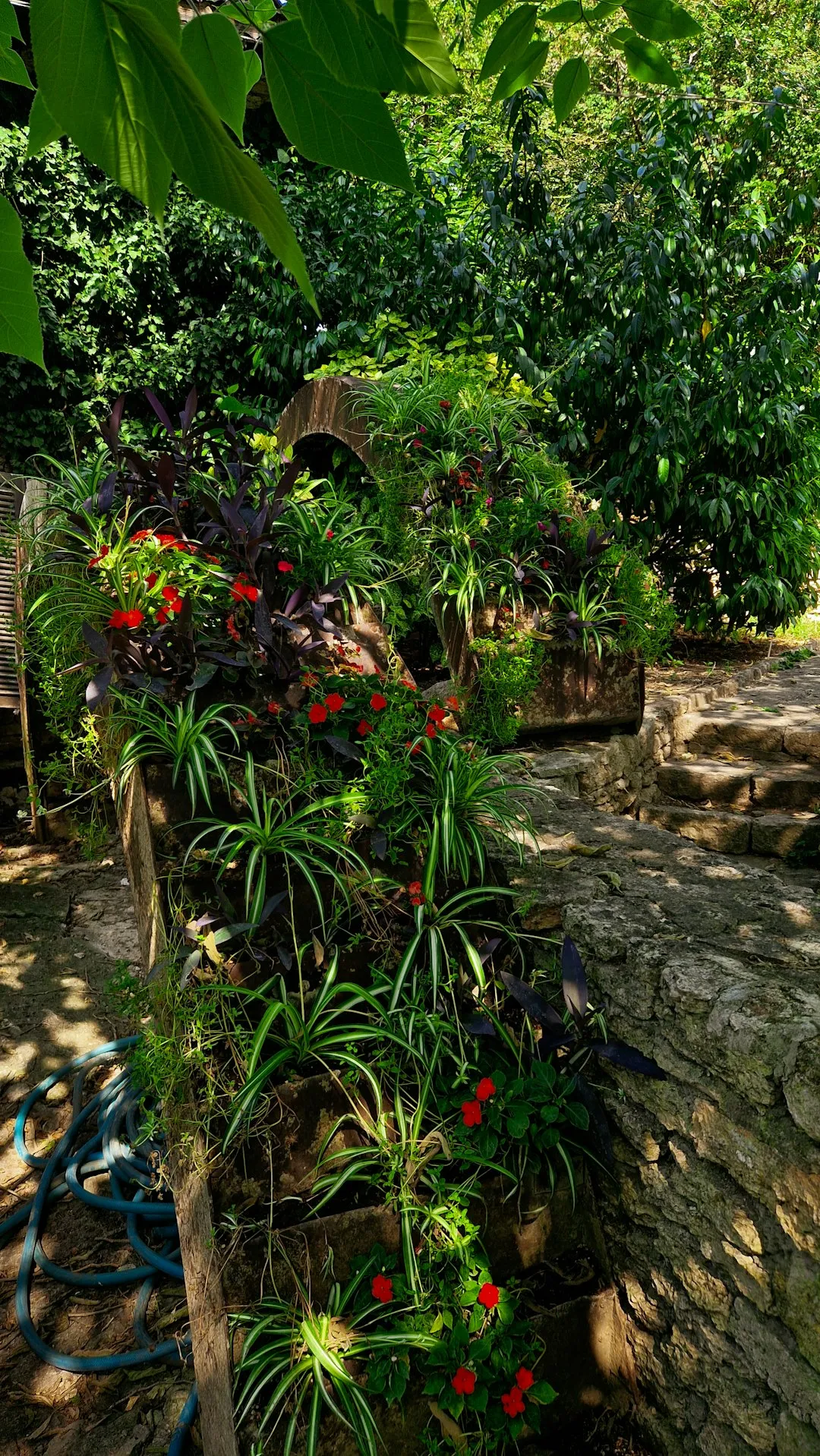Nature's Arsenal Against Spotted Lanternflies

The spotted lanternfly is a menacing pest that has caused significant damage to trees and food crops. These invasive insects, native to Asia, have quickly spread across the United States, leaving a trail of destruction in their wake. Fortunately, there are natural solutions available to combat these pests at every stage of their life cycle - from eggs to nymphs and adults.
Understanding the Spotted Lanternfly
Before delving into the natural remedies, it's crucial to understand the enemy. Spotted lanternflies go through four life stages: egg, nymph, adult, and egg again. The eggs are laid in the fall and overwinter on various surfaces such as tree trunks, rocks, and outdoor furniture. In the spring, the eggs hatch into nymphs, which are small, black insects with white spots. As they grow, they molt several times and eventually turn into red - colored nymphs. By summer, they reach adulthood, characterized by their distinctive spotted wings.
Targeting the Eggs
One of the most effective ways to control the spotted lanternfly population is to target their eggs. Eggs are usually laid in masses that look like a patch of mud. To get rid of them, you can scrape them off the surface using a credit card or a putty knife. Place the scraped eggs into a container filled with rubbing alcohol or hand sanitizer to ensure they are killed. This simple yet effective method can significantly reduce the number of lanternflies that will emerge in the spring.
Another natural option for dealing with eggs is to use a horticultural oil. Horticultural oils work by suffocating the eggs, preventing them from hatching. Apply the oil to the egg masses during the winter months when the trees are dormant. Make sure to cover the egg masses thoroughly for the best results.
Dealing with Nymphs
Nymphs are more mobile than eggs but are still vulnerable to natural controls. One of the most popular natural solutions for nymphs is neem oil. Neem oil is derived from the neem tree and has insecticidal properties. It disrupts the nymphs' hormonal balance, preventing them from growing and molting properly. Mix neem oil with water according to the manufacturer's instructions and spray it on the affected trees and plants. Focus on the areas where the nymphs are most commonly found, such as the undersides of leaves.
Beneficial insects can also be a great ally in the fight against nymphs. Ladybugs, lacewings, and praying mantises are natural predators of many garden pests, including spotted lanternfly nymphs. You can attract these beneficial insects to your garden by planting flowers such as marigolds, daisies, and yarrow. These flowers provide nectar and pollen for the beneficial insects, encouraging them to stay and feast on the nymphs.
Eliminating Adults
Adult spotted lanternflies are larger and more difficult to control than nymphs. However, there are still natural ways to deal with them. One method is to use sticky bands around the trunks of trees. The sticky bands trap the adult lanternflies as they crawl up the tree to feed. Make sure to place the bands at least four feet off the ground to avoid catching other non - target animals. Check the bands regularly and remove any trapped lanternflies.
Homemade insecticidal soaps can also be effective against adult lanternflies. To make an insecticidal soap, mix a few tablespoons of liquid dish soap with water in a spray bottle. Spray the solution directly on the adult lanternflies. The soap will break down their outer protective layer, causing them to dehydrate and die. However, be careful when using this method on plants, as some plants may be sensitive to the soap.
Conclusion
Combatting spotted lanternflies requires a multi - pronged approach that targets each stage of their life cycle. By using natural solutions such as scraping eggs, applying horticultural oils, using neem oil, attracting beneficial insects, using sticky bands, and making homemade insecticidal soaps, you can effectively reduce the spotted lanternfly population in your garden without relying on harsh chemicals. Remember, a healthy garden ecosystem is the key to long - term pest control, so always strive to maintain a balance between pests and their natural predators.